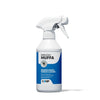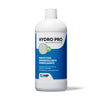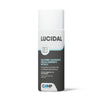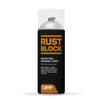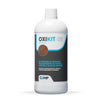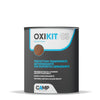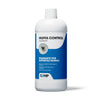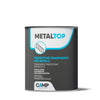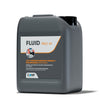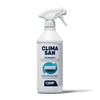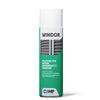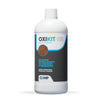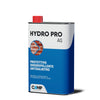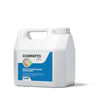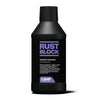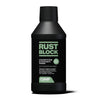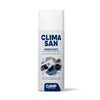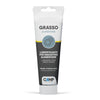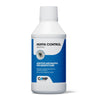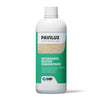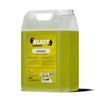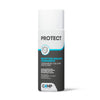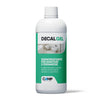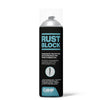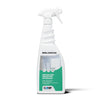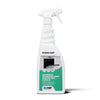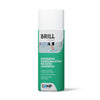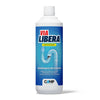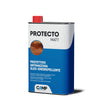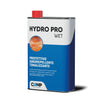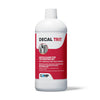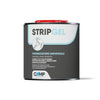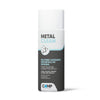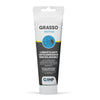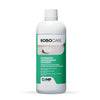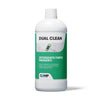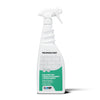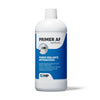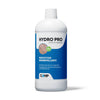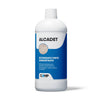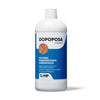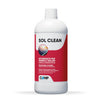How to remove and prevent mould from walls before painting: the 3 essential steps
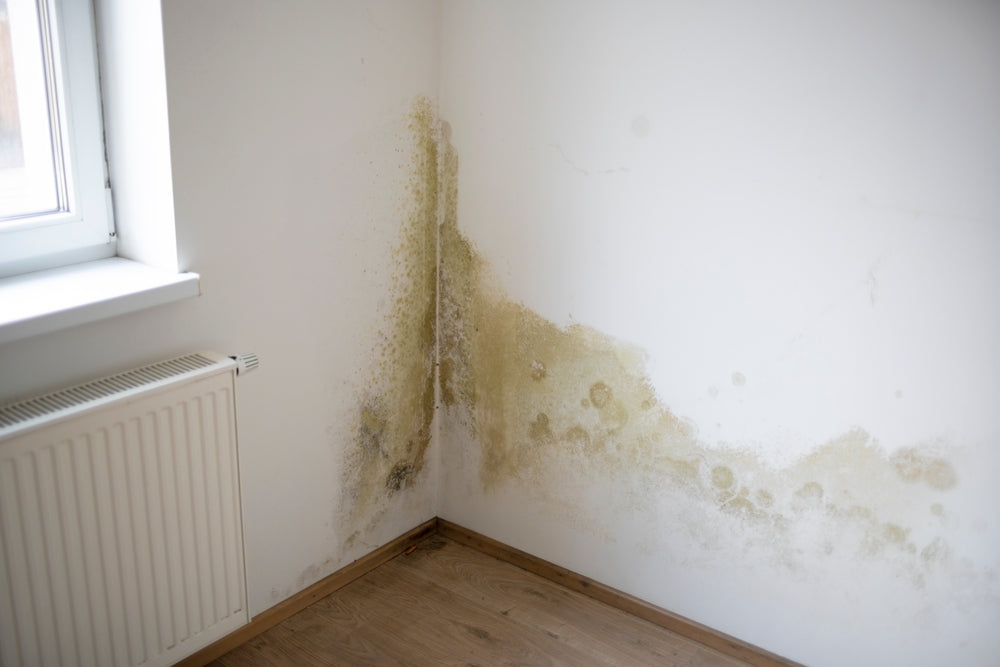
Renovating the look of your home with a new paint job can radically transform rooms, making them brighter and more welcoming. The choice of colours is crucial: light and neutral tones are ideal for colourful rooms, while bolder colour combinations can give a contemporary and original touch. However, before starting to paint the walls, it is essential to assess the condition of the masonry and address any problems, such as the presence of mould.
Whitening a pwalls with mspots of mmould
The presence of mould is a problem that must be solved before any painting work is carried out, as "covering" mould with paint, without removing it or inactivating it completely, does not prevent mould from proliferating in the deeper layers of the wall. For a lasting result, a complete professional masonry restoration treatment is required.
Trattamento professionale completo per la rimozione della muffa
The Camp combination treatment is an effective solution to remove mould, restore surfaces and prevent reappearance over time. Follow these steps for an optimal result.

1. Removal of stains and blackening
- Preparation: do not remove mould already present, so as not to promote the dispersion of spores in the environment.
- Application of wall restorer: apply wall restorer Muffa Control Risanante with a roller or brush on the surface concerned. Thanks to its special formulation and biocidal action, the product penetrates deep into the surface, inactivates existing infestations and preserves masonry from the formation and proliferation of new mould for a long time.
- Cleaning and sanding: After approximately 48 hours, clean and sand the wall surface to remove stains and mould residues that are now inert.

2. Wall preparation
- Application of fixative: on dry walls, apply fixative Muffa Control Fixative. This product not only improves the anchorage of the paint, but also contains special additives that preserve the primer from the proliferation of mould and micro-organisms, guaranteeing total protection of the treated substrates.
3. Painting and protection
- Add biocidal additive: add Mould Control Additive to the chosen paint to give the finish high resistance to mould attack, thanks to its biocidal action. After painting and allowing the surface to dry, reapply the wall restorer Muffa Control Risanante. This final step protects the masonry from the formation of condensation mould and is particularly useful in more humid environments.
With these simple but effective steps, you can preserve masonry from mould and achieve a long-lasting, flawless paint job. Dealing with mould in the right way not only improves the appearance of your home, but also contributes to a healthier and safer environment for you and your family.
Resolve the problem of mould once and for all with Camp's combination treatment!
[product=mould-control-remedial-treatment-anti-mould-remedial]
Resolves masonry by inactivating existing mould and preventing its reappearance
Acts against mould and other microorganisms
Effective and long-lasting anti-mould power
[/product]
[product=mould-control-isolating-primer-isolating-100-acrylic-antimould]
Active mould prevention
Greater penetration and consolidating power
Improves anchorage, yield and resistance of subsequent treatments
[/product]
[/product
[product=mould-control-additive-anti-mould-concentrate-for-hydropainting]
Preserves the paint layer from the formation and proliferation of mould
Ideal for paints used on walls subject to condensation and dampness
Mould-concentrate
[/product]
